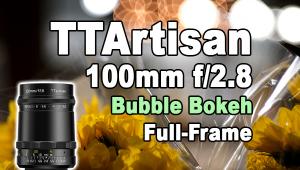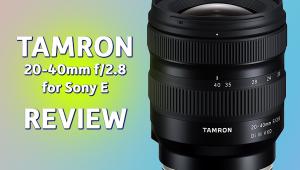Tamron vs. Tamron: Is Tamron’s New 28-75mm f/2.8 Zoom for Sony E Better Than Their Original Lens?

The Tamron 28-75mm f/2.8 zoom for Sony E (Model A036) won the prestigious EISA Award for 2018-19 and is highly regarded as a fast, sharp option for Sony’s full-frame mirrorless cameras. Three years on, Tamron announces the G2 (second generation) Model A063 with the same zoom range and aperture.
What’s been improved? We look at the two zooms side-by-side with a critical eye.
 Overview
Overview
The full and correct name is Tamron 28-75mm f/2.8 Di III VXD G2 (Model A063) and the current street price is $899. Compatible with all Sony E-mount mirrorless cameras, it’s optimized for use on Sony’s current full-frame Alpha series. It’s an “everyday” zoom that combines 28mm wideangle coverage with excellent portrait-length, mid-telephoto and a fast f/2.8 aperture that does not shrink small as you zoom.
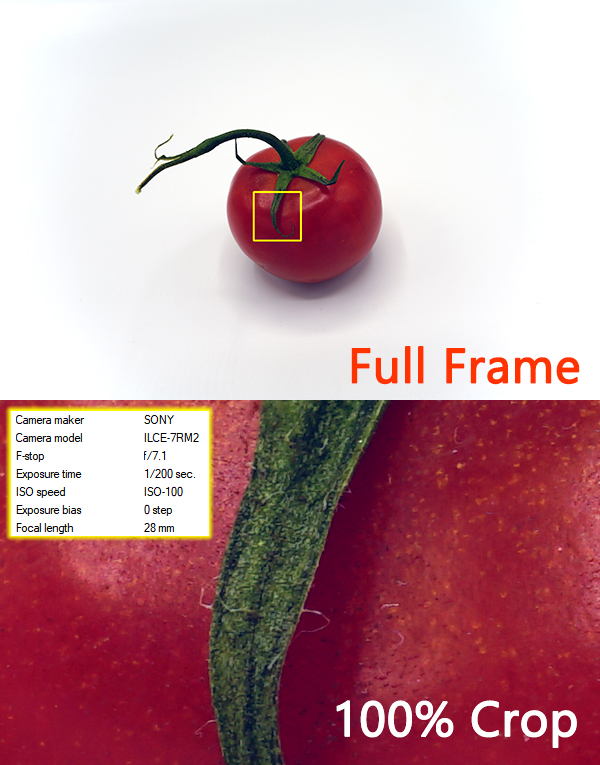
1. Improved IQ
Tamron has replaced a very sharp lens with a sharper version, and did so without adding mass or weight. Overall image quality is better, and that’s what matters most to most photographers. This is hard to frame because the original model is also very sharp. I own one and use it very frequently, and I have never been disappointed. After using new Model A063 for several weeks I can confirm that the new G2 delivers better optical performance.
 2. Focus Set Button & New Design
2. Focus Set Button & New Design
The new 28-75mm f/2.8 G2 has a Focus Set Button which is a significant addition. Also, the Focus and Zoom Rings have newly-designed high-traction treads, and the girth of the lens barrel has been slimmed down near the bottom to provide a more ergonomic, sculpted profile.

It’s a tiny bit more comfortable to hold, I think, although I found no faults in the original I own. Additionally, the surface of the lens barrel has new rich, deep black finish that’s more resistant to scratches and fingerprints. Final visible design change: the TLU port explained in item 3 below.

3. Tamron Lens Utility
Tamron added a USB Type-C port and created an app that allows users to connect their zoom to their computer to update firmware when necessary, and customize lens functions when the mood strikes. Users can change the operational rotation direction of the Focus Ring, for example, and can adjust the function of the Focus Set Button.
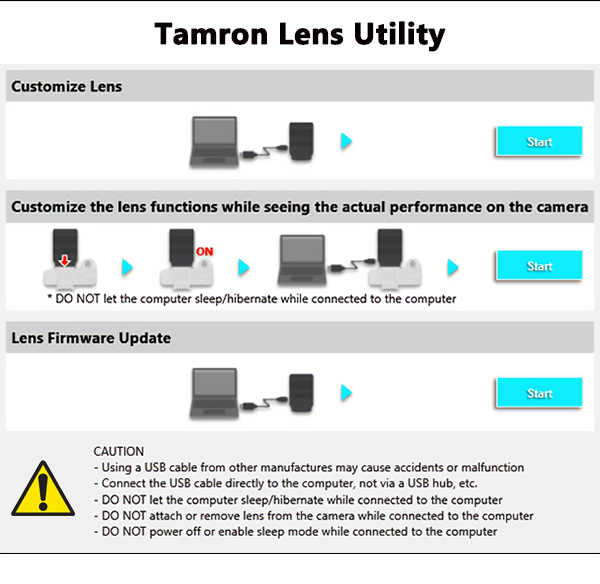 The Focus Set Button can be configured to swap focus points A-B style between two distances that you choose in advance. Additionally, you can assign custom functions from the camera body to the Focus Set Button, giving you greater and faster control in every situation.
The Focus Set Button can be configured to swap focus points A-B style between two distances that you choose in advance. Additionally, you can assign custom functions from the camera body to the Focus Set Button, giving you greater and faster control in every situation.

4. Autofocus is Twice as Fast
The benefits of faster AF speed need no explanation. The new Tamron VXD linear motor focus mechanism is 2X faster than the RXD unit used in the original A036 model. In addition, the new Tamron 28-75mm f/2.8 G2 has improved (and very impressive) Focus Tracking capabilities.
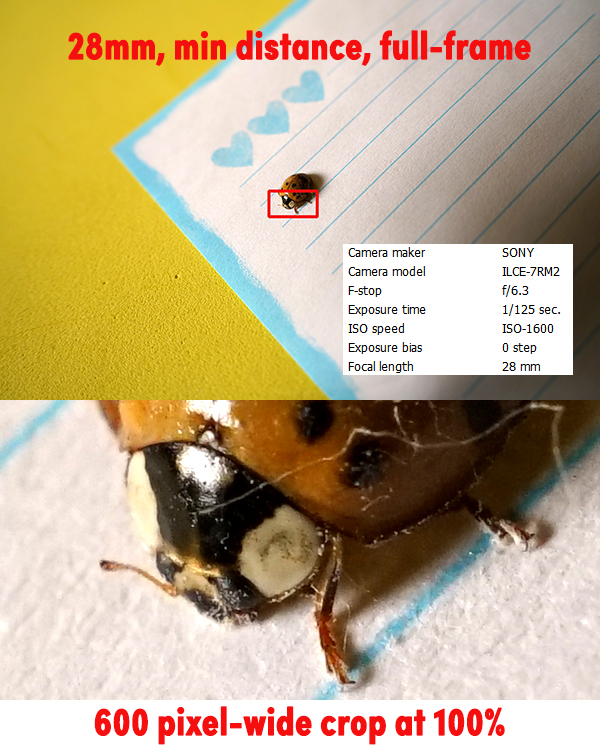
5. Improved Close-up Performance
Tamron’s new 28-75mm f/2.8 G2 zoom (Model A063) focuses as close as 7.1 inches (18cm) when set at the 28mm wideangle position. That’s a magnification ratio of 1:2.7. I probably use zoom lenses for close-ups more often than I use dedicated macro lenses, and I am a results-driven photographer.

The new zoom performs flawlessly in the close-focus role, and even though the specs show only a small improvement over the previous version’s specs (from 7.4 to 7.1 inches), when it comes to macro, every millimeter counts.
Specifications Optical Design
Optical Design

Key Features Also Found on Original Lens
Tamron now offers 15 lenses for Sony mirrorless cameras, mostly zooms but also three fine primes that we reviewed here. Nearly all of them use 67mm filters (so they can share polarizers, caps and ND filters) which sounds like small potatoes until you have to buy three polarizers in three different sizes.
All of the lenses in this series leverage the image-improvement features that are built into Sony’s Alpha cameras, including Sony’s Fast Hybrid AF, Eye AF, Direct Manual Focus (DMF) and in-camera Lens Corrections. The Lens Corrections include countermeasures against shading (also called vignetting), chromatic aberrations and angular distortion.
 Construction Enhancements
Construction Enhancements
Tamron lenses in this series feature weather resistant construction. In addition, the front element has a protective layer of Fluorine which is both water and oil repellant. With Fluorine protection, the lens is safer from fingerprints and is easier to clean when necessary.
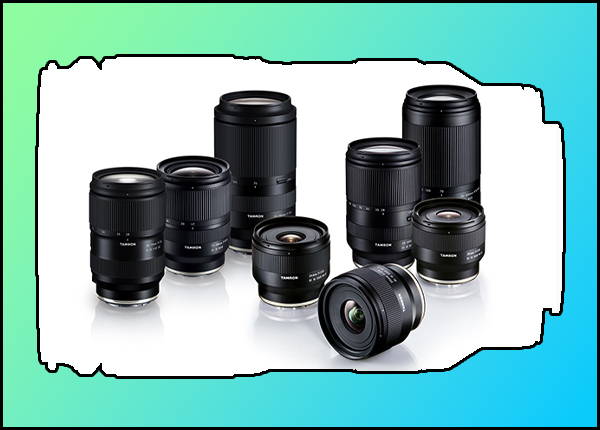
Conclusion
The very first lens for full-frame mirrorless cameras that Tamron produced was the original 28-75mm f/2.8 Di III RXD (Model A036). That was in 2018. So it’s altogether appropriate the their first G2 Second Generation lens for full-frame mirrorless camera should be its successor, the 28-75 Model A063.
The G2 version establishes the design of future Tamron mirrorless lenses. Based on the enhancements that we’ve seen here, that’s an exciting prospect.

If you already own a Tamron 28-75mm f/2.8 zoom, you’re probably going to keep it; however, it’s very tempting to upgrade to enjoy AF speed that’s twice as fast and a Tamron Lens Utility port for PC-based customizations. Not to mention improved overall image quality.
If you own a Sony full-frame mirrorless camera, the 28-75mm f/2.8 G2 is an outstanding choice for an everyday, standard zoom lens. If you are buying your first Sony Alpha 7 series camera, it’s a great option for your first lens. Me? I plan to hang on to my old A036 model just a little longer—but I’m sure that I’ll step up to the better version after winter passes.

Price & Availability
Available now, the Tamron 28-75mm f/2.8 Di III VXD G2 sells for $899. If you shop for this lens online, make sure you’re looking at the new G2 Model A063 with VXD, not the original Model A036 with the RXD motor. Likewise confirm that the seller is an Authorized Tamron Dealer to enjoy Tamron’s 6-Year Limited USA Warranty.
—Jon Sienkiewicz
(As an Amazon Associate, Shutterbug earns from qualifying purchases linked in this story.)
- Log in or register to post comments






